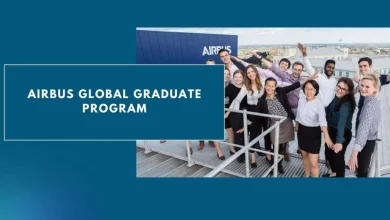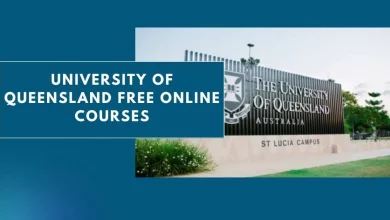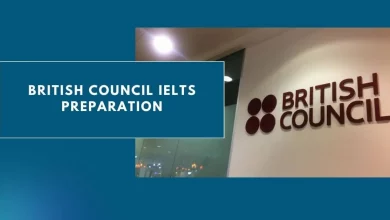How to Get Subsidized Loan – Complete Guide
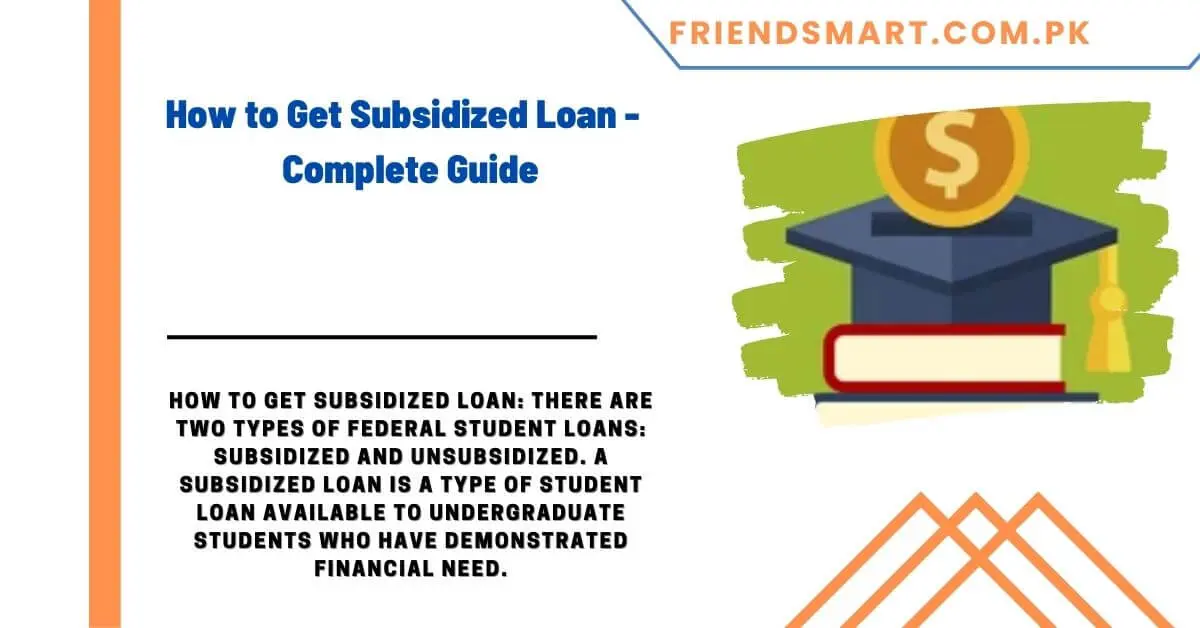
How to Get Subsidized Loan: There are two types of federal student loans: subsidized and unsubsidized. A subsidized loan is a type of student loan available to undergraduate students who have demonstrated financial need. Because the government temporarily pays interest costs, this form of loan does not accrue interest in the same manner that other loans do. To be eligible for a subsidized loan, also known as a direct subsidized loan, you must complete the Free Application for Federal Student Assistance (FAFSA).
Read More: Get Student Loans Forgiven Due to Permanent Disability
Advertisement
Subsidized vs. Unsubsidized Loans
The federal government offers both subsidized and unsubsidized loans, but there are several major differences between them.
- Subsidized loans are exclusively available to undergraduate students, whereas unsubsidized loans are available to undergraduates, graduates, and professionals.
- Students must demonstrate the financial necessity for subsidized loans, but not for unsubsidized loans. Subsidized loans come with additional financial benefits because they are intended for students who require more financial aid.
- The federal government pays (or “subsidizes”) interest on subsidized loans while the student is enrolled at least half-time, during the six-month grace period after the student leaves school, and during loan deferral.
Unsubsidized loans, on the other hand, begin accruing interest as soon as they are made. Unpaid interest will be capitalized (added to the principal loan amount) and will accumulate additional interest if it is not paid before the grace period or loan deferral term ends. Private loans begin accruing interest immediately as well.
Nonetheless, there are some similarities between these two loans. There is no credit check required, and the interest rate on subsidized and unsubsidized loans for undergraduate students is the same (unsubsidized loans have a higher interest rate for graduate or professional students).
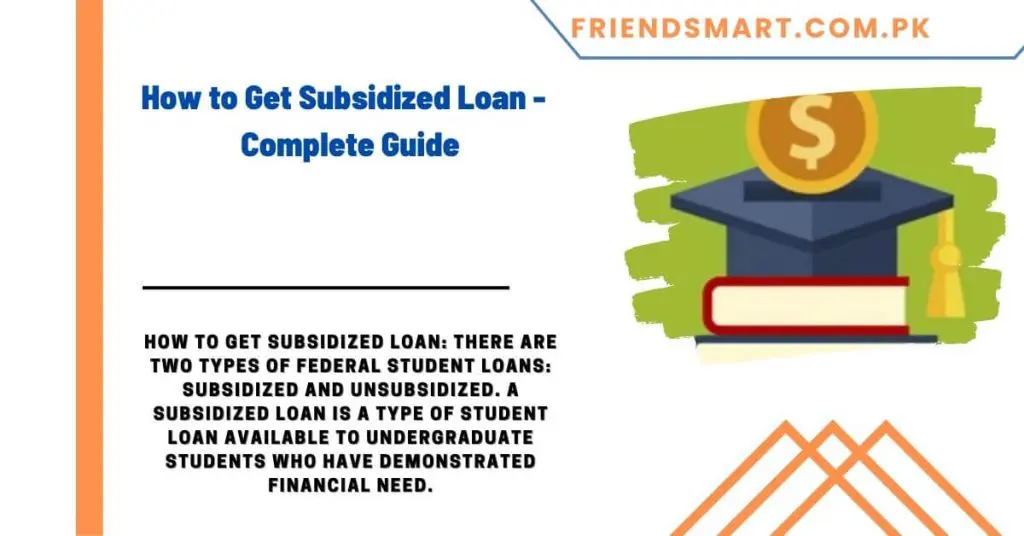
Pros and Cons of Subsidized Loans
Subsidized loans have several advantages:
- Subsidized loans save you money because the federal government covers the interest during the above-mentioned time periods.
- They provide numerous repayment choices that private lenders do not.
- These loans have lower interest rates than equivalent private student loans.
They do, however, have several limitations that you should be aware of:
- You are limited in the number of subsidized loans you can borrow each year and overall. Your maximum loan amount is determined by your school based on federal regulations (see below), your financial need, and your year in school. If you require more than the maximum amount, you can borrow the difference using unsubsidized or private loans.
- These are only offered to undergraduate students, thus graduate students must look elsewhere.
- To qualify, you must demonstrate financial need, thus you may be ineligible if your parents’ income (or your own, if you are not considered a dependant) is too high.
How Much Can I Borrow With a Subsidized Loan?
Your school determines how much you can borrow with a subsidized student loan, and it cannot exceed your financial need. The amount you can borrow each year is also determined by your academic year and dependent status. The figure below depicts the yearly and aggregate limits for subsidized loans as set by the US Department of Education.
| Borrowing Limits for Subsidized Loans | ||
|---|---|---|
| Year | Dependent students | Independent students |
| First-year undergraduate | $3,500 | $3,500 |
| Second-year undergraduate | $4,500 | $4,500 |
| Third-year undergraduate and beyond annual loan limit | $5,500 | $5,500 |
| Graduate student | Not applicable | Not applicable |
| The subsidized aggregate loan limit | $23,000 | $23,000 |
How to Apply for a Subsidized Student Loan
To be eligible for a subsidized student loan, you must meet the following criteria:
- You must be a US citizen, national, or permanent resident.
- Attend school at least half-time.
- Never defaulted on a previous student loan or aid or owed a return.
- Maintain your academic standing.
- Have a financial requirement.
To apply for a subsidized student loan, you must first complete the FAFSA. Following a review of your application by the federal government and your school, you will receive an award letter from your school’s financial aid office describing the amount of money you qualify for and if you are eligible for a subsidized loan.
If you accept the loan, you will sign a promissory note agreeing to the loan’s terms. In addition, first-time borrowers must take online student loan counseling to understand their financial commitments.
The loan money will be applied to your college account to cover education-related costs such as tuition, fees, and room and board. If there is any money left over after that, it will be returned to you on the condition that you use it for educational expenditures.
Are There Fees for a Subsidized Loan?
There are various expenses associated with federally subsidized loans. A loan fee based on a percentage of the loan amount will be taken from each payment. Loans disbursed on or after October 1, 2019, but before October 1, 2020, had a loan cost of 1.059%, according to the most available data (the same fee applies to both subsidized and unsubsidized loans).
You will pay interest in exchange for borrowing money, just like you would with any other loan. Subsidized loans disbursed on or after July 1, 2019, but before July 1, 2020, have an interest rate of 4.53%.
When Do I Start Paying Off Subsidized Loans?
Subsidized student loans do not require repayment as long as you are enrolled at least half-time.
Your loan servicer will contact you after you graduate to let you know when your first payment is due and how to make it. It is important to begin repaying the debts as soon as possible and to pay more than the minimum if possible.
If you only make minimum payments, it could take several years to pay off your loans. If you can contribute more, you’ll be done with them sooner—and you’ll be able to lower the overall cost of the loan because you won’t be paying interest for as long. If you want to make a greater payment, notify your loan servicer so that the extra amount is applied to the current month’s payment rather than the future month’s payment.
Some students cannot survive solely on subsidized loans and must also take out unsubsidized federal loans or private loans. Determine which of your student loans has the highest balance and the highest interest rate. Put extra money towards these more expensive loans whenever you are able to pay more than the minimum because it will save you the most money over time.
Also, keep in mind that federal loans come with a variety of repayment options. While yours may come with one by default, you can change plans at any moment for free. Call your loan servicer to determine which plan is best for you or to adjust your current plan.
Extra Credit
Obtaining student loans can assist you in establishing a credit history, and making on-time loan repayments can help you enhance your credit over time. Keeping an eye on your credit report, such as Experian’s free credit monitoring service, will allow you to track your progress as you repay your loan and will notify you of any changes in your credit file.
Frequently Asked Questions
-
Is a subsidized loan better?
What is the distinction between Direct Subsidized and Direct Unsubsidized Loans? Direct Subsidized Loans, in brief, provide significantly better terms to assist students in financial need.
-
What is a subsidized loan in 2023?
Subsidized loans are loans for undergraduate students who have financial need, which is calculated by your cost of attendance minus your estimated family contribution and other financial aid (such as grants or scholarships). Interest does not accumulate on Subsidized Loans while you are enrolled at least half-time or during deferral periods.

